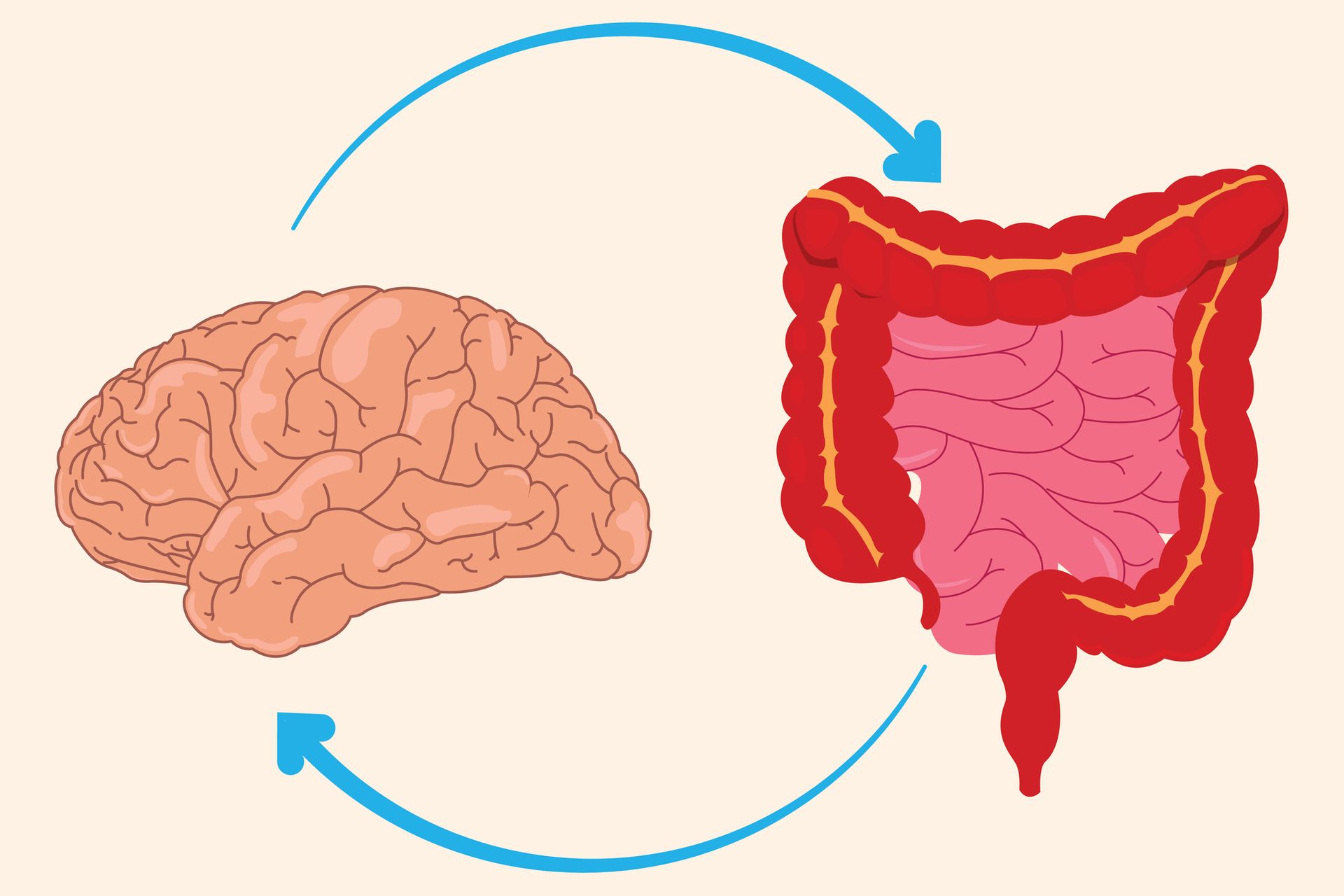January 30, 2025
Trauma is a powerful experience that can leave long-lasting marks on a person’s mental, emotional, and physical well-being. Whether it’s from a past abusive relationship, a natural disaster, or a car accident, trauma affects everyone differently. For some, it might feel like a constant, overwhelming presence, while for others, it may manifest as sudden flashbacks, anxiety, or even physical pain. Fortunately, therapy has come a long way in helping people heal from the effects of trauma, and one approach that has gained significant recognition is Eye Movement Desensitization and Reprocessing (EMDR) . What is EMDR? EMDR is a type of psychotherapy that was developed by Francine Shapiro in the late 1980s. It was originally designed to treat post-traumatic stress disorder (PTSD), but its use has expanded to help with a variety of trauma-related issues, including anxiety, depression, phobias, and even grief. The therapy involves an eight-phase process that helps clients process distressing memories and reduce their emotional charge. One of the unique aspects of EMDR is its use of bilateral stimulation, typically through eye movements, though taps or sounds can also be used. During EMDR sessions, the therapist guides the client to focus on a traumatic memory while engaging in this form of bilateral stimulation. This process is thought to help the brain reprocess the traumatic memory, shifting it from being a vivid, emotionally charged experience to a neutral memory that no longer causes distress. How Does EMDR Help with Trauma? When someone experiences a traumatic event, the memory of that event can get "stuck" in the brain. This means that the brain doesn't fully process the trauma, and the memory remains vivid, intrusive, and often overwhelming. Individuals who have unresolved trauma might constantly relive the event through flashbacks, nightmares, or feelings of hypervigilance. EMDR helps to reprocess these memories by integrating them into a person's broader life narrative, allowing them to be stored in a more adaptive, less distressing way. The bilateral stimulation that EMDR uses is believed to mimic the natural process the brain goes through during REM (Rapid Eye Movement) sleep, where the brain processes emotions and experiences. By engaging this process in a therapeutic setting, EMDR helps clients process traumatic memories in a way that reduces their emotional intensity and enables healing. The EMDR Process The EMDR approach is broken down into eight phases, each designed to gradually address trauma and help the client move toward healing: History-taking and Treatment Planning : The therapist gathers information about the client’s trauma and determines which memories need to be processed. This phase also involves setting goals for treatment. Preparation : The therapist explains the EMDR process and creates a safe and trusting environment for the client. Coping mechanisms, such as relaxation techniques, are also introduced at this stage. Assessment : The client identifies specific memories or images associated with the trauma and rates their emotional distress. This phase helps pinpoint the focus of the work ahead. Desensitization : During this phase, the client is asked to focus on the traumatic memory while simultaneously engaging in bilateral stimulation. This is the heart of the EMDR process, where the client begins to process and desensitize the traumatic memory. Installation : This phase aims to replace the negative beliefs associated with the trauma (e.g., "I am powerless") with more positive and adaptive beliefs (e.g., "I am in control of my life"). Body Scan : The client is asked to check in with their body to identify any remaining tension or discomfort related to the traumatic memory. Closure : The session ends with the therapist ensuring the client feels grounded and safe. The client is encouraged to use relaxation techniques to manage any residual distress. Reevaluation : In follow-up sessions, the therapist and client assess the progress made, revisiting any remaining unresolved memories or emotions. Why EMDR Works Research has shown that EMDR is highly effective for treating trauma. In fact, the American Psychological Association (APA) and World Health Organization (WHO) recognize it as an evidence-based treatment for PTSD. The effectiveness of EMDR comes from its ability to target the emotional and cognitive aspects of trauma while also utilizing the brain’s natural healing mechanisms. Several studies have found that EMDR can significantly reduce the symptoms of PTSD, often in fewer sessions than traditional talk therapies. A study published in the Journal of Clinical Psychology found that EMDR was effective in reducing PTSD symptoms in veterans, while another study in the Journal of Traumatic Stress highlighted its success in helping survivors of sexual assault. Additionally, EMDR is a highly structured and non-intrusive form of therapy, which means it often feels less overwhelming for clients than other forms of trauma processing. Who Can Benefit from EMDR? While EMDR is most commonly used to treat PTSD, it can also be beneficial for anyone who has experienced trauma or is struggling with related symptoms. Individuals with anxiety, depression, panic attacks, phobias, and grief have all found relief through EMDR. It is also used for those struggling with childhood trauma, relationship issues, or even those simply feeling “stuck” in their emotional healing. Is EMDR Right for Me? Choosing the right therapeutic approach is a deeply personal decision. If you are dealing with unresolved trauma and find that traditional talk therapies haven't worked for you, EMDR might be a great option to consider. It’s important to seek a licensed and experienced EMDR therapist, as the approach requires specific training and expertise. Some people may feel hesitant about the idea of revisiting traumatic memories or using eye movements as part of their therapy, but most clients report feeling a significant sense of relief and empowerment after undergoing EMDR. It’s essential to remember that healing from trauma is not an immediate process and that progress takes time. However, many people find EMDR to be a transformative tool for moving beyond their trauma. Final Thoughts Trauma can feel like an insurmountable burden, but the good news is that it’s possible to heal. EMDR provides a unique and scientifically-backed approach to reprocessing trauma and helping people regain control of their lives. If you’re struggling with trauma, consider reaching out to an EMDR-trained therapist to explore whether this treatment is right for you. Healing is possible, and sometimes the path to healing might be just a few sessions away. Whether you're looking to process past trauma or you're simply curious about new therapeutic methods, EMDR offers a promising pathway toward peace and emotional freedom. Remember, reaching out for help is the first step toward a healthier, happier future.











